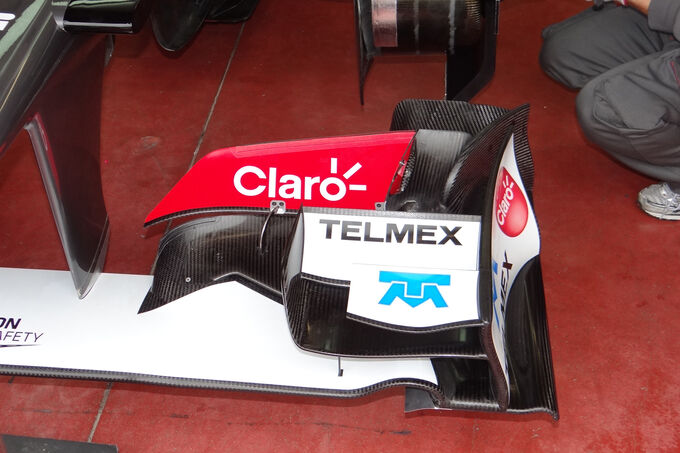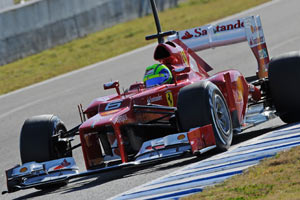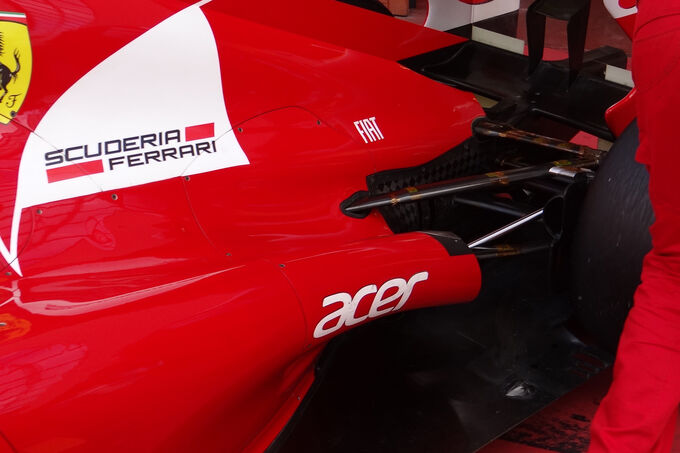Work with me here.
Red Bull's flexible front wings have long been said to provide more downforce when flexed because it puts the wings closer to the ground. This has never made sense to me, but I've kept my views to myself, because I don't always know what the hell I'm talking about, and it seemed silly to challenge the consensus view.
At any rate, the reason why it's never made sense is because I don't understand why teams would want to tack on additional downforce on straights where the wing is flexed the most, because, as we all know, downforce equals drag. A straight is the very last place on a circuit where one would want to add drag.
With that in mind, could the flexible wings actually be a way
reduce drag rather than a way to create more downforce?
Everyone knows that tires are among the biggest contributors to drag on an F1 car, if not the biggest contributor of all. Because of this, teams have gone to great lengths to divert air flow around the front tires. Brawn ushered in outwash end plates on the front wings for this very reason. However, outwash end plates subtract from the total surface area of the wing itself, which means it can't make as much downforce.
Red Bull, as far as I know, never adopted outwash end plates. Instead, their wings flexed.
Imagine a clam shell and how it opens. If you get the wings to flex at speed, the end plates open just like that. This action would be very valuable if it means the new angle can divert flow around the tires.


(Click to enlarge)

Note how all of those wings feature an increasing number of (Jane, you ignorant) slots as one looks from the front of the wing to the rearmost corner of the flap. I think those (dirty, dirty) slots are what allow the wings to flex. They do so by reducing the wings rigidity in those areas. The arrangement of those (loose) slots also suggest that not only do the end plates open like a clam shell, their outward angle is also increased, which directs even more air around the tires. These effects would even seem to be amplified as speed, and thus force on the flexible portion of the wings, is increased.
It's a perfect solution. More speed = less drag.
Conversely, the leading edge of the wing remains robust so that it can shoulder the forces applied to the end plates during FIA scrutineering. You can even see how the the cascade wing supports spread those forces out along a greater portion of the wing.
Does any of this make sense, or do I need to get my doctor to up the dosage?
EDIT: This would also explain Ferrari's troubles with errant vortices. The pull rod suspension creates a wider track width when compressed. The front wings probably didn't flex enough to allow for an angle necessary to get air flow around the new width.













